Arriving at Zimbabwe’s second largest national park, Expedition Zimbabwe explored new accommodation offerings in the south of Gonarezhou.
Gonarezhou was a type of homecoming for the Expedition Zimbabwe team. Graeme Sharp’s parents were stationed in the park when he was born, so he was probably rocked to sleep on its roads. Filmmaking duo Jo Craig and Buck O’Donoghue spent two years living and working there for their documentary film, Gonarezhou, Return of the Rhino.
New places to stay
The team’s first stop was Bosman’s Community Camp, which opened in late 2021 and lies just outside the park. The camp has six en-suite safari tents spread across Bosman’s Main Camp (four tents) and Little Bosman’s (two). The camp provides for self-catering travellers with two communal areas including kitchen, dining space and fire pit. Thanks to a fence, it is child friendly too.
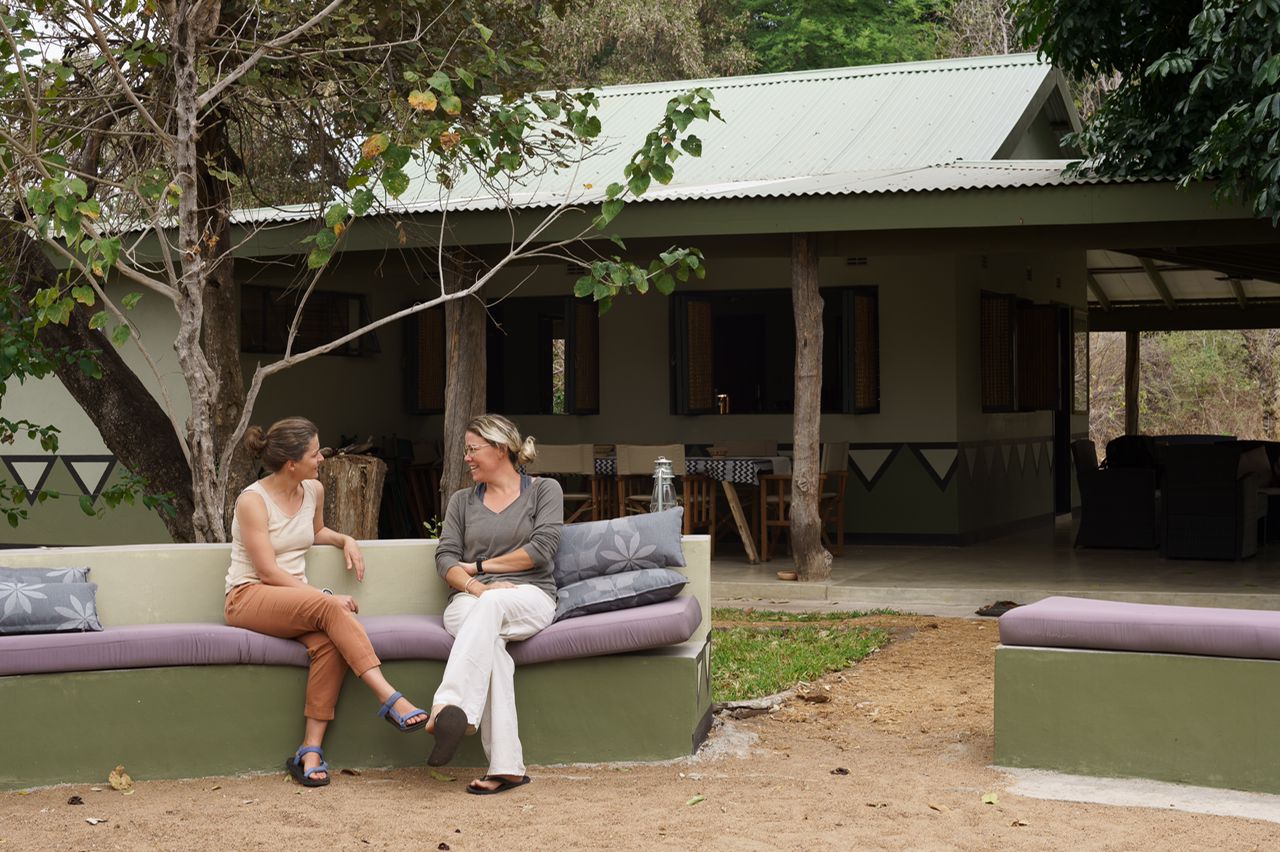
Nearby Manjinji Pan has gained five campsites and now offers campers flush loos and hot showers. The campsites are situated along the edge of the pan, which is a birding hotspot in season. Both Bosman’s Camp and Manjinji Pan belong to the Malipati community and are managed in partnership with the Gonarezhou Conservation Trust (GCT).
Another community camp jointly managed by GCT is Mathuli Mananga. This remote camp combines the comfort of a chalet with the ease of camping. Mathuli, like the other manangas, is rented out in its entirety. Each camp has four double bedroom units, with a central kitchen, dining area and boma.
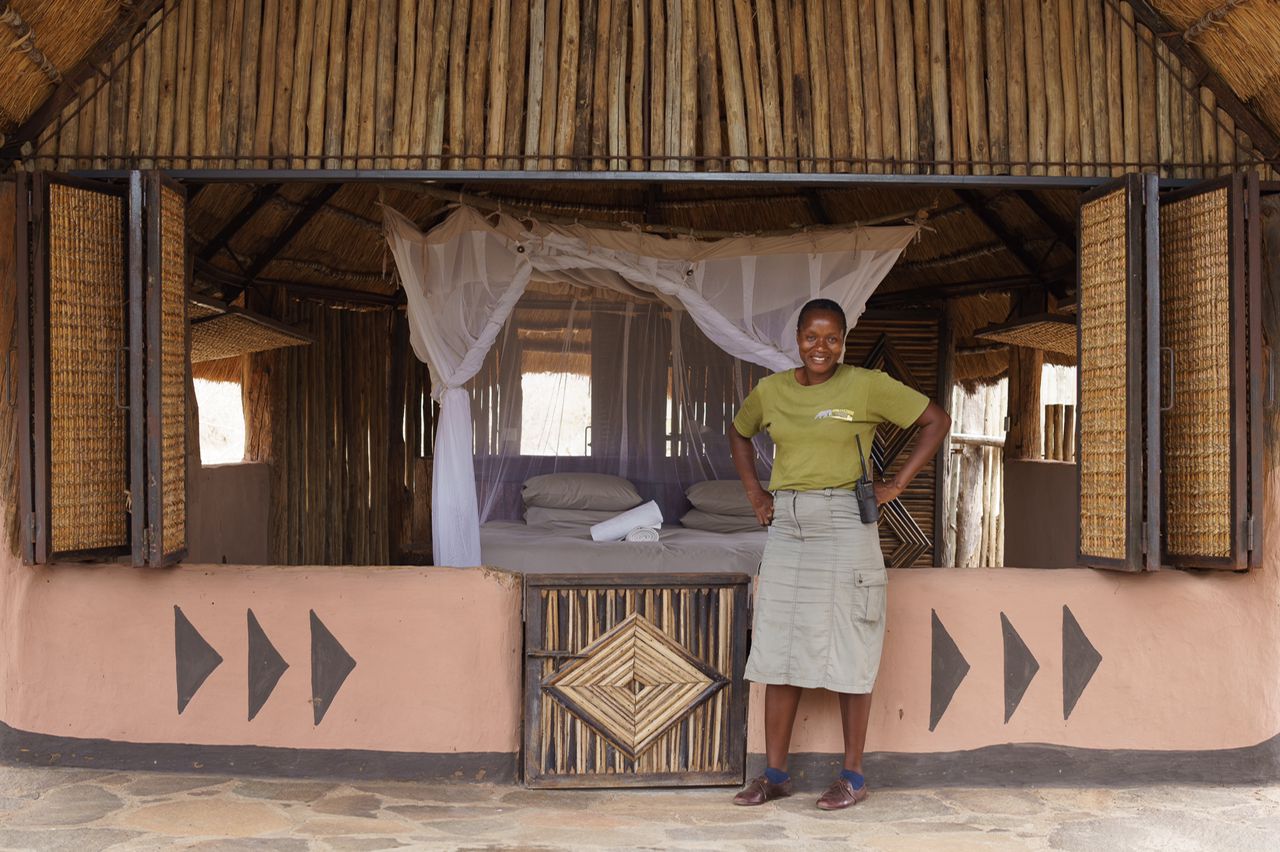
Camping on the Runde River
Further north, the team overnighted at Chinguli Campsite. Situated on the edge of several large pools on the Runde River, it is a good location for game viewing. The welcoming committee for Expedition Zimbabwe included three kudu bulls, a herd of waterbuck and a lone elephant bull. Even more scenic is Hlaro, situated near Director’s Campsite and just before the river bends to lead past Chilojo Cliffs. The sight of these cliffs rising up from the floodplain is one of Gonarezhou’s highlights.
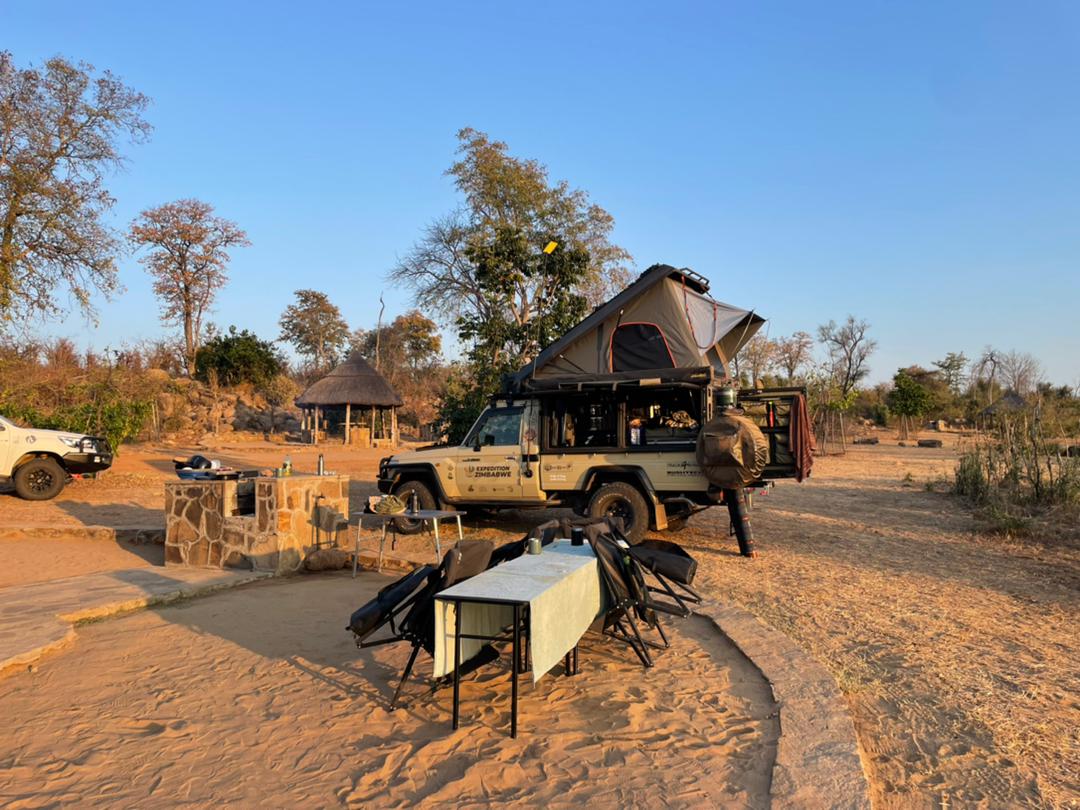
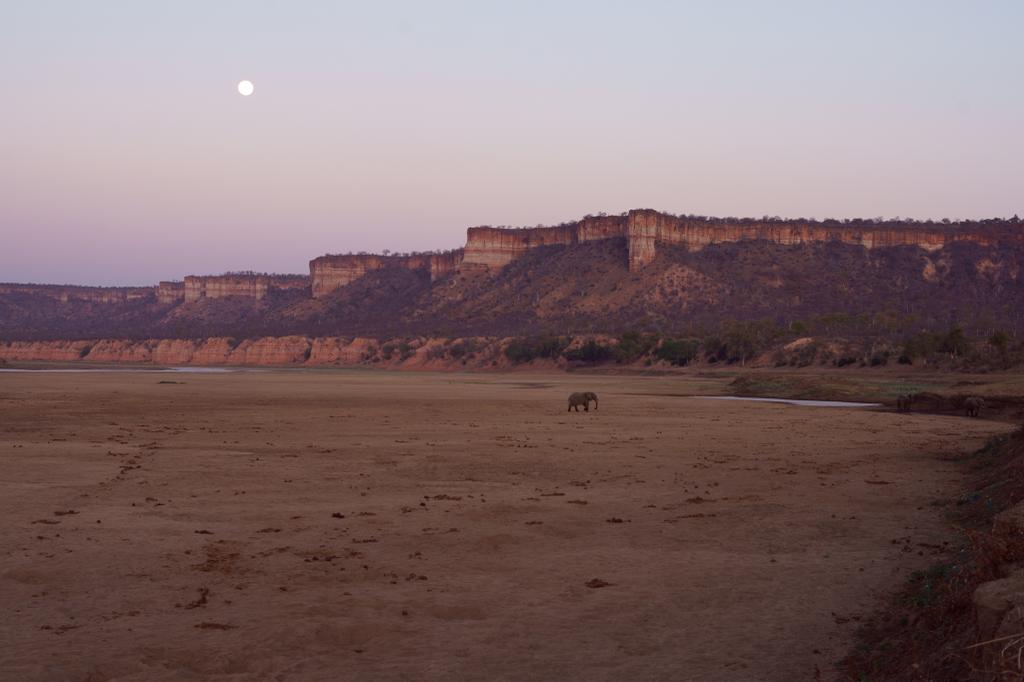
Travel tips
- Set aside two weeks to fully explore the park and immerse yourself in Gonarezhou’s wild rhythms.
- At Manjinji Pan, campsite number 5 at comes highly recommended.
- All accommodation bookings, including Bosman’s and Manjinji Pan via reservations@gonarezhou.org or on WhatsApp +263 779 788 811
Road conditions
The roads leading through the park are rough but passable at the right speed. “Almost the entire road network is rebuilt every year at the end of the rainy season by the park management, a huge financial and logistical undertaking,” reports Graeme.
Gonarezhou proved to be the last park Expedition Zimbabwe could visit in spring 2022. Unfortunately, Graeme contracted malaria that needed hospital treatment. The remaining stretch along the west of the country and up to Mana Pools has been postponed for the time being.
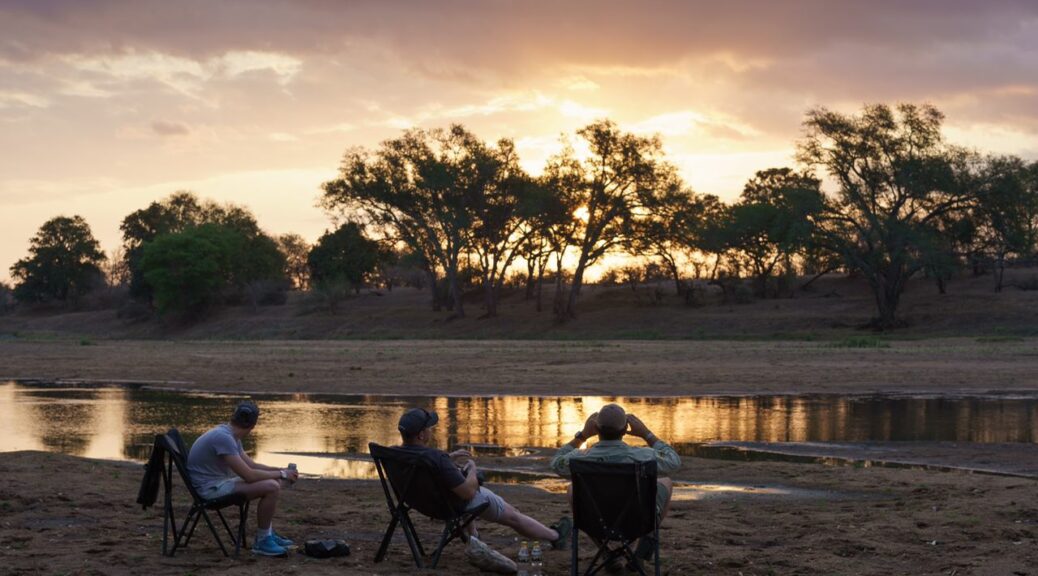

Recently travelled in a Fortuner through Pandamatenga to Hwange, to do the game count. Camped at Robins, excellent facilities and plenty of game, drove north through Kazuma, very little game during the day time, due to the heat, +40, but plenty in the evenings. The park is becoming popular with good waterholes. Chose to go via Zambia to Kariba as told that the road south of Kariba very rough and would take at least 2 days while from Vic falls to Kariba took one day. Restocked in Kariba where supplies are available, before heading for Mana pools. At Mana the animals, elephant, eland, buffalo have become so tame that we were a little dissappointed. The monkeys and baboons are a real problem, they ripped our tent open and opened robust crates to get the food. They are not afraid. We were forced to leave early as we couldnt leave our campsite. We will avoid Mana on future trips.
From Mana we headed for Harare, Nyanga and the Vumba where we stayed at the Whitehorse Inn with beautiful gardens and trees, which was excellent. From Mutare drove through the Save conservancy,beautiful scenery, to Chiredzi and Beit bridge, which took no more than half an hour to get through. We found the Zimbabweans very friendly and helpful, the police blocks were never a problem. Roads generally good , except the Kariba Harare section where you need to be alert due to heavy trucks, potholes and sharp verges. Everything was available albeit at a cost, being US Dollar based. We were very pleasantly surprised and hope to revisit later this year
Thanks for this update of your recent experiences in Zimbabwe. The Zimbabwe side of the Beitbridge border post keeps getting good reviews. Zimbabwe really is a top-notch destination for overlanders.
We recently had a magnificent trip to Gonarezhou (May 2022). The park was wonderfully quiet and we were welcomed by the extremely friendly and efficient staff throughout. The cleanliness and position of the exclusive campsites we stayed at were great. The two rock river crossings were stable and, being May, at a suitable height for crossing. Bird and game sightings were good … Elephant, buffalo, hippo, crocodiles and various antelope. Hyena, lion, wild dog and jackal were there but not always visible. Now that I know the area and the various campsites I will return to more specific sites and for a longer time. Peace and beauty with a river presence is something quite special.
Thanks for sharing your experience, Rob, your trip sounds memorable indeed.
We have just returned from Zimbabwe so I was following your expedition’s journey with interest. We were at Gonarezhou a few years ago and would love to go back, but this trip we went to Mana Pools, Imire Lodge in Marondera, Nyanga, Gorongosa in Mozambique, and back via Chimanimani and Birchenough Bridge. I was born and bred in Zimbabwe and I was amazed at how it seems to be pulling itself up by its bootstraps. All the government facilities we camped in were severely run down although the Mana experience remains unbeatable, Nyangombe Pool was as crystal clear as ever, and the Bridal Veil Falls even more spectacular than I remember it. The towns were bustling, the children looked engaged, and in Marondera near Imire we saw a number of younger white people and their children as well as the expected geriatrics (like us). We met and spent time with several black Zimbabweans who drove nice cars, had their children at good schools, were engaged in exciting businesses, and felt positive about their country. Not a single power outage during our three week stay! Contrast this with the area around Gorongosa where the poverty appeared extreme, the children and women with stressed out faces and undernourished bodies, their accommodation mean and falling to pieces. Both countries were ravaged by fire – there was a blue haze over everything and the rural areas have been hugely denuded of trees. Overall, except for a truly horrendous 7 hour experience with Mozambican immigration, we had a wonderful time and would thoroughly recommend a trip to Zim!
Good to hear about your experience overlanding in Zimbabwe. It is a special place and deserves to appear on more travellers’ itineraries.